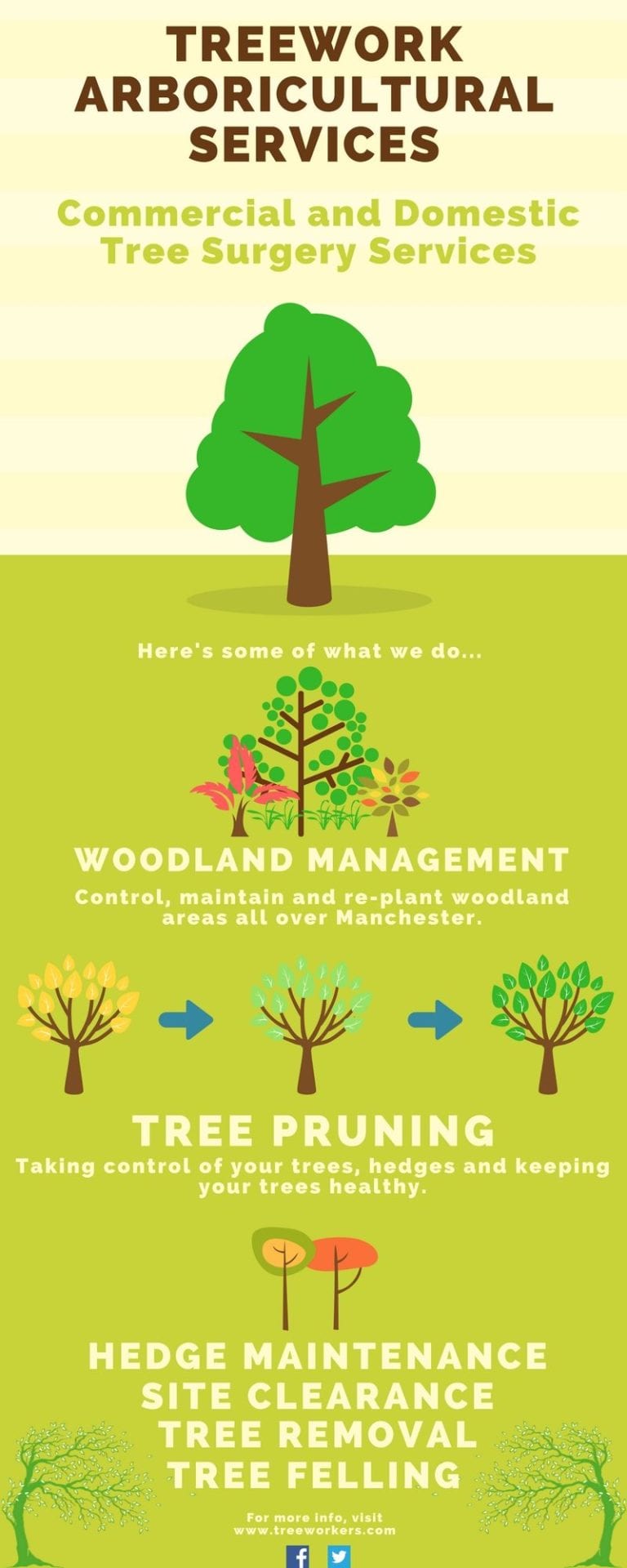Comprehending The Environmental Effects Of Tree Elimination: Important Information For You
Comprehending The Environmental Effects Of Tree Elimination: Important Information For You
Blog Article
Content Author-Dickey Diaz
When it concerns the ecological influence of tree elimination, there are critical elements that demand your interest. From the detailed internet of relationships within communities to the succeeding results on environment patterns, the effects are profound. You could be amazed to uncover the intricate ways in which the removal of trees can resound throughout the setting. Stay tuned to unravel the elaborate links and implications of this apparently uncomplicated act.
Deforestation and Habitat Loss
Logging and environment loss are important concerns stemming from tree elimination. When trees are lowered, it disrupts entire ecosystems. Not just are the trees themselves lost, but the homes and food resources of countless plant and pet species are ruined as well. Birds shed their nesting sites, mammals lose their sanctuary, and bugs lose their habitats. The impacts surge via the food chain, affecting predators and victim alike.
Additionally, deforestation adds to climate adjustment. Trees play a crucial role in soaking up carbon dioxide, a greenhouse gas that traps heat in the atmosphere. With fewer trees, there's less carbon dioxide absorption, bring about enhanced degrees of this gas in the environment and exacerbating global warming.
Precisiontimberfelling
Environment loss is a direct outcome of logging, as the damage of woodlands means the loss of one-of-a-kind and diverse communities. Several types are incapable to adapt to quick modifications in their atmosphere, resulting in populace decreases and, sometimes, termination.
Safeguarding forests is vital to keeping the delicate equilibrium of nature and ensuring the survival of many plant and pet types.
Influence on Biodiversity
The removal of trees has a substantial influence on biodiversity, impacting the variety and wealth of plant and animal species in an area. Trees offer environment and food sources for numerous microorganisms, from bugs to birds to creatures. When trees are eliminated, these species lose their homes and sources of nutrition, leading to a decrease in their populations. This disruption can have cascading impacts on the whole ecological community.
Moreover, trees play a critical duty in maintaining biodiversity by developing microhabitats within their covers, trunks, and origins that sustain a wide variety of species. When trees are lowered, these specialized atmospheres are damaged, reducing the overall variety of the area.
Additionally, the elimination of trees can result in a decline in hereditary diversity within plant populations, as particular tree types might no longer be able to reproduce or disperse efficiently. Shielding trees and forests is important for protecting biodiversity and ensuring the wellness of environments for future generations.
Soil Disintegration and Environment Change
With trees being eliminated from an area, the interruption of dirt structure and stability happens, resulting in raised dirt disintegration. Trees play an essential function in protecting against erosion by holding soil in place with their root systems. When trees are gotten rid of, specifically in great deals, the soil ends up being much more prone to erosion from wind and water. This erosion not just impacts the prompt surroundings yet can additionally lead to sedimentation in close-by water bodies, affecting water top quality and marine ecosystems.
Additionally, trees aid regulate the environment by soaking up co2 during photosynthesis. When trees are cut down, this natural carbon sink is diminished, contributing to raised levels of greenhouse gases in the environment. This can worsen environment modification, bring about even more extreme weather condition events and disruptions in communities worldwide.
As a result, the removal of trees not only accelerates soil disintegration but additionally plays a role in the bigger environmental problem of climate adjustment. It's vital to think about these elements when evaluating the influences of tree removal on the setting.
Final thought
Now that you know the ecological effect of tree removal, consider the effects before cutting down trees. Deforestation interrupts communities, reduces biodiversity, and contributes to soil disintegration and environment change. By bearing in https://www.bobvila.com/slideshow/the-best-ways-to-light-the-backyard-52782 of tree removal, you can assist safeguard our atmosphere and maintain the fragile equilibrium of nature. Make notified selections and think about alternative solutions to decrease the adverse impacts on our world.
